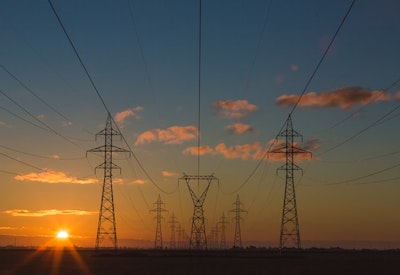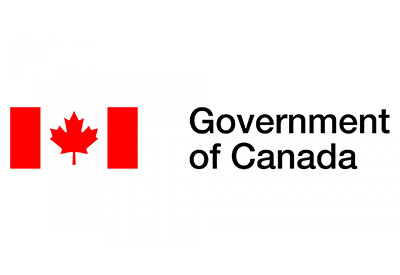Energy Production Rose 4.4% in 2018

Dec 9, 2019
Primary energy production in Canada increased 4.4% in 2018 to 21,603 petajoules. This followed a 4.8% increase in 2017. Crude oil accounted for the largest proportion of primary energy production in Canada in 2018 at 48.7%, followed by natural gas (33.3%), primary electricity (8.5%), total coal (5.4%) and gas plant natural gas liquids (4.0%). It was the ninth consecutive year in which crude oil accounted for the largest share of primary energy production.
Exports and imports are up
Exports of Canadian energy and energy products increased 3.8% in 2018 to 13,756 petajoules. In 2018, Canada exported 79.4% of its crude oil production and 43.2% of its marketable natural gas. Imports of energy increased 2.2% in 2018 to 4,003 petajoules. Crude oil accounted for 43.4% of imports, followed by natural gas (29.2%).
Energy consumption rises
Canada’s energy consumption increased 5.4% to 8,874 petajoules in 2018, following a 3.5% increase in 2017.
Energy use increased in all six sectors: residential (+8.0%), industrial (+5.3%), transportation (+4.9%), agriculture (+4.2%), commercial and other institutional (+4.2%) and public administration (+3.1%).
Within the industrial sector, energy consumption increased in mining and oil and gas extraction (+9.2%), forestry and logging and support activities (+3.3%) and manufacturing (+3.1%). Energy consumption decreased in construction (-1.1%).
Retail pump sales continued to represent the largest proportion of energy consumption in the transportation sector (62.4%), followed by road transport and urban transit (14.1%), airlines (10.9%), pipelines (6.7%), railways (3.4%) and marine (2.5%).
Refined petroleum products (38.6%) were the main source of energy consumed in Canada in 2018, followed by natural gas (35.4%) and electricity (22.4%).
Energy consumption trends across the country
Ontario, Alberta and Quebec continued to account for the majority of energy consumed in Canada. In 2018, their combined share of total energy consumption was 74.2%.
Nine provinces recorded increases in energy consumption in 2018 compared with 2017. Manitoba (+7.2%) and Alberta (+7.2%) saw the greatest increase, followed by Ontario (+6.4%), Nova Scotia (+5.8%), British Columbia (+4.3%), Quebec (+3.3%), Saskatchewan (+3.1%), New Brunswick (+2.8%), and Newfoundland and Labrador (+1.7%).
Energy consumption decreased in two regions in 2018 compared with 2017. The largest decrease was in Prince Edward Island (-1.8%), followed by a slight decline in the territories.
Source: Statistics Canada, www150.statcan.gc.ca/n1/daily-quotidien/191209/dq191209e-eng.htm
Photo: Matthew Henry on Unsplash











